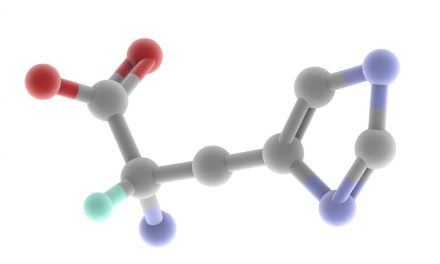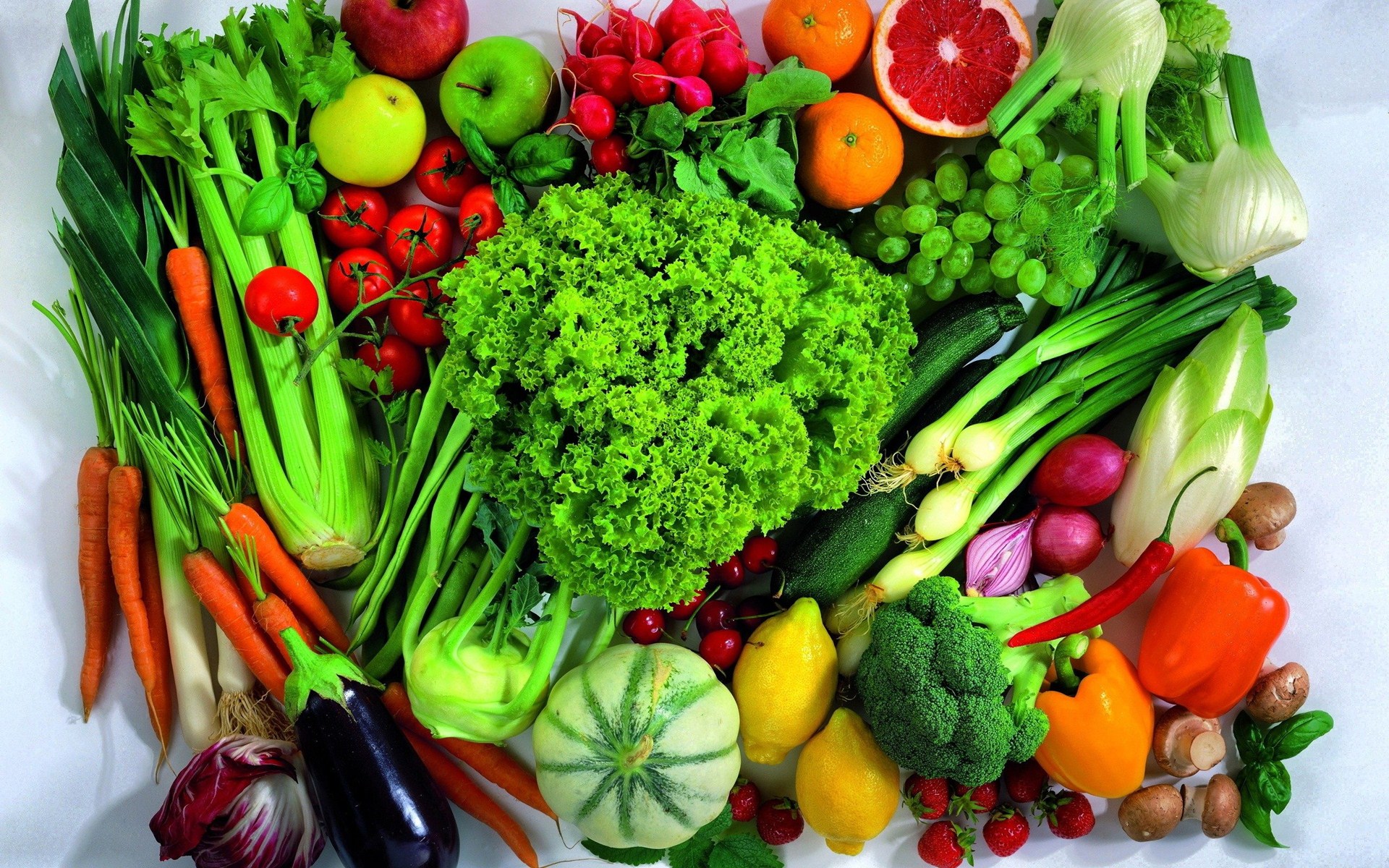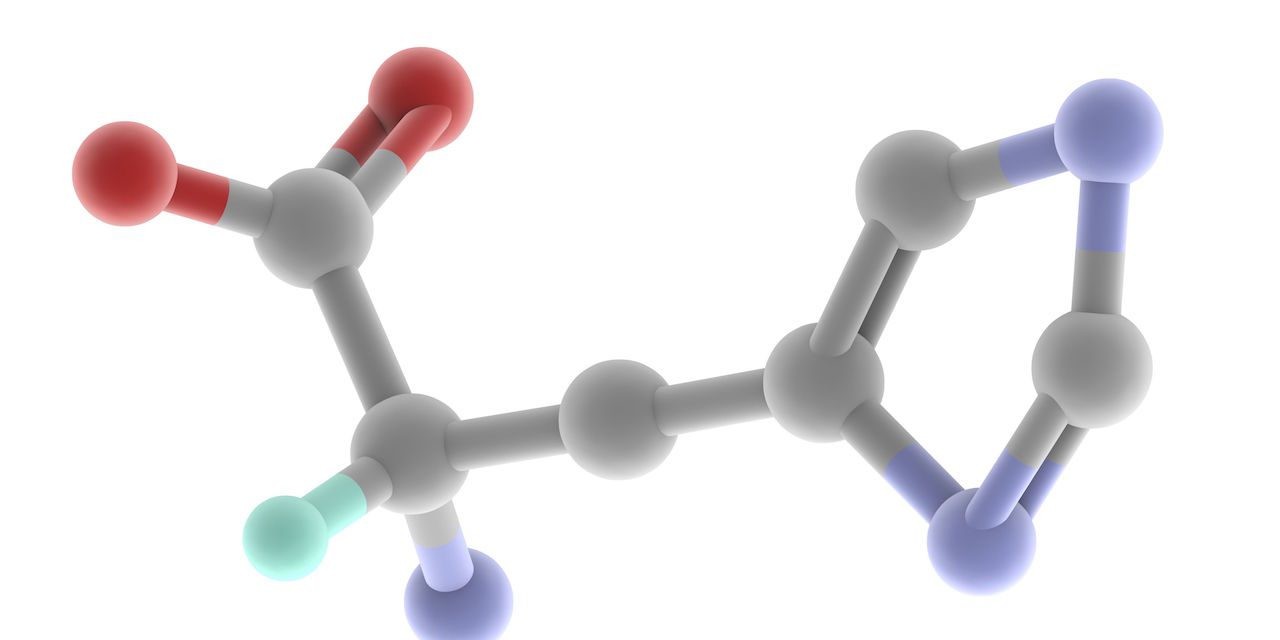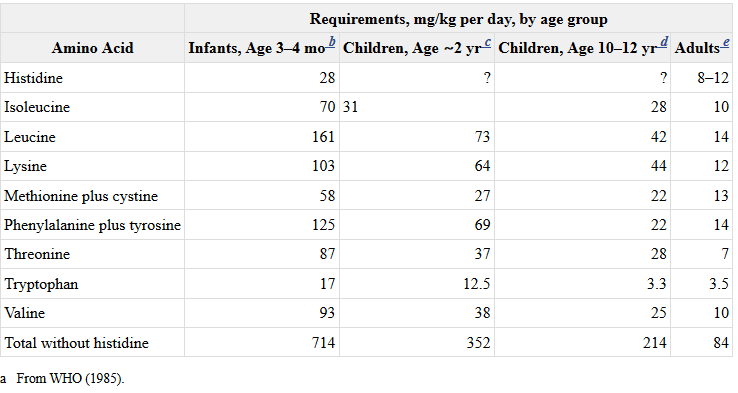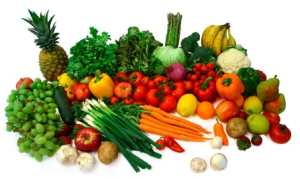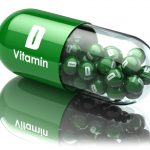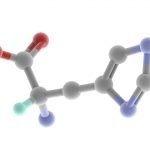Amino acids are organic compounds that combine to form proteins
All organisms need some proteins, whether they are used in muscles or as simple structures in the cell membrane. Even though all organisms have differences, they still have one thing in common: the need for basic chemical building blocks. (to simplify we’ll use a.a. = amino acids)
When proteins are digested or broken down, a.a. are left. The human body uses a.a. to make proteins to help the body:
- Break down food;
- Grow;
- Repair body tissue;
- Perform any other body functions;
- Can also be used as a source of energy by the body.
Even though scientists have discovered over 50 a.a. , only 20 are used to make something called proteins in your body. Of those twenty, nine are defined as essential. The other eleven can be synthesized by an adult body. Thousands of combinations of those twenty are used to make all of the proteins in your body. A.a. bond together to make long chains that are also called proteins.
Amino acids are classified into 3 groups:
- Essential
- Nonessential
- Conditional
Essential
- Essential a.a. cannot be made by the body. As a result, they must come from food.
- The 9 essential a.a. are histidine, isoleucine, leucine, lysine, methionine, phenylalanine, threonine, tryptophan, and valine.
Nonessential
- “Nonessential” means that our bodies produce an amino acid, even if we do not get it from the food we eat.
- Nonessential a.a. include: alanine, asparagine, aspartic acid, and glutamic acid.
Conditional
- Conditional a.a. are usually not essential, except in times of illness and stress.
- Conditional a.a. include: arginine, cysteine, glutamine, tyrosine, glycine, proline, and serine.
Minimum daily intake
Estimating the daily requirement for the indispensable a.a. has proven to be difficult; these numbers have undergone considerable revision over the last 20 years. The following table lists the WHO recommended daily amounts currently in use for essential a.a. in adult humans, together with their standard one-letter abbreviations. Food sources are identified based on the USDA National Nutrient Database Release.
Both animal and plant proteins contain the known essential a.a. When a protein contains the essential more essential a.a. are scarce, the protein is said to have low biological value. No food corresponds exactly with the body’s required amino acid pattern, but the amino acids in eggs come closest. High biological value proteins are provided by animal sources of protein, such as meat, poultry, fish, eggs, milk, cheese, and yogurt. Low biological value proteins are found in plants, legumes, grains, nuts, seeds, and vegetables.
It does appear that protein from animal sources is an important source of protein for humans from infancy until mature adulthood. However, the potential health concerns associated with a diet of protein consumed primarily from animal sources should be acknowledged. With a proper combination of sources, vegetable proteins may provide similar benefits as protein from animal sources. In athletes supplementing their diets with additional protein, casein has been shown to provide the greatest benefit for increases in protein synthesis for a prolonged duration. However, whey protein has a greater initial benefit for protein synthesis. These differences are related to their rates of absorption.
I use Aminogen® that contains specially selected enzymes that help break down protein foods into their constituent amino acids, making it easier for your body to absorb and utilize them.


